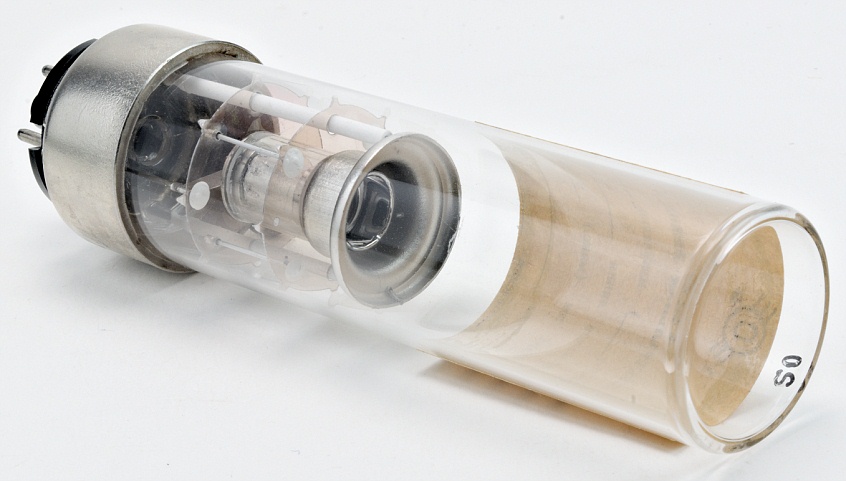
The oldest and most commonly used atomizers in AAS are flames, principally the air-acetylene flame with a temperature of about 2300 ☌ and the nitrous oxide system (N 2O)-acetylene flame with a temperature of about 2700 ☌. Other atomizers, such as glow-discharge atomization, hydride atomization, or cold-vapor atomization, might be used for special purposes. The used nowadays are spectroscopic flames and electrothermal atomizers. The radiation then passes through a monochromator in order to separate the element-specific radiation from any other radiation emitted by the radiation source, which is finally measured by a detector. The atoms should then be irradiated by optical radiation, and the radiation source could be an element-specific line radiation source or a continuum radiation source. The atomizers most commonly used nowadays are flames and electrothermal ( graphite tube) atomizers.

In order to analyze a sample for its atomic constituents, it has to be atomized. Instrumentation Atomic absorption spectrometer block diagram It requires standards with known analyte content to establish the relation between the measured absorbance and the analyte concentration and relies therefore on the. The technique makes use of the atomic absorption spectrum of a sample in order to assess the concentration of specific analytes within it. Atomic absorption spectrometry can be used in qualitative and quantitative analysis. Ītomic absorption spectrometry has many uses in different areas of chemistry such as clinical analysis of metals in biological fluids and tissues such as whole blood, plasma, urine, saliva, brain tissue, liver, hair, muscle tissue.

They were led by Sir Alan Walsh at the Commonwealth Scientific and Industrial Research Organisation (CSIRO), Division of Chemical Physics, in Melbourne, Australia.

The modern form of AAS was largely developed during the 1950s by a team of Australian chemists. AAS can be used to determine over 70 different elements in solution, or directly in solid samples via electrothermal vaporization, and is used in pharmacology, biophysics,Ītomic emission spectroscopy was first used as an analytical technique, and the underlying principles were established in the second half of the 19th century by Robert Wilhelm Bunsen and Gustav Robert Kirchhoff, both professors at the University of Heidelberg, Germany. In analytical chemistry the technique is used for determining the concentration of a particular element (the analyte) in a sample to be analyzed.
#Titanium hollow cathode lamp neon gas free
Atomic absorption spectroscopy is based on absorption of light by free metallic ions. Type of spectroanalytical ciao Flame atomic absorption spectroscopy instrument A scientist preparing solutions for atomic absorption spectroscopy, reflected in the glass window of the AAS's flame atomizer cover doorĪtomic absorption spectroscopy ( AAS) and atomic emission spectroscopy ( AES) is a spectroanalytical procedure for the quantitative determination of chemical elements by free atoms in the gaseous state.


 0 kommentar(er)
0 kommentar(er)
